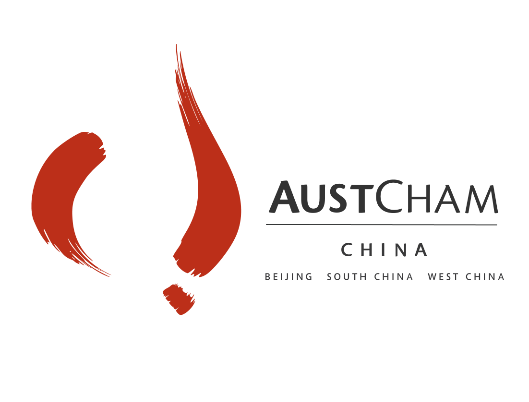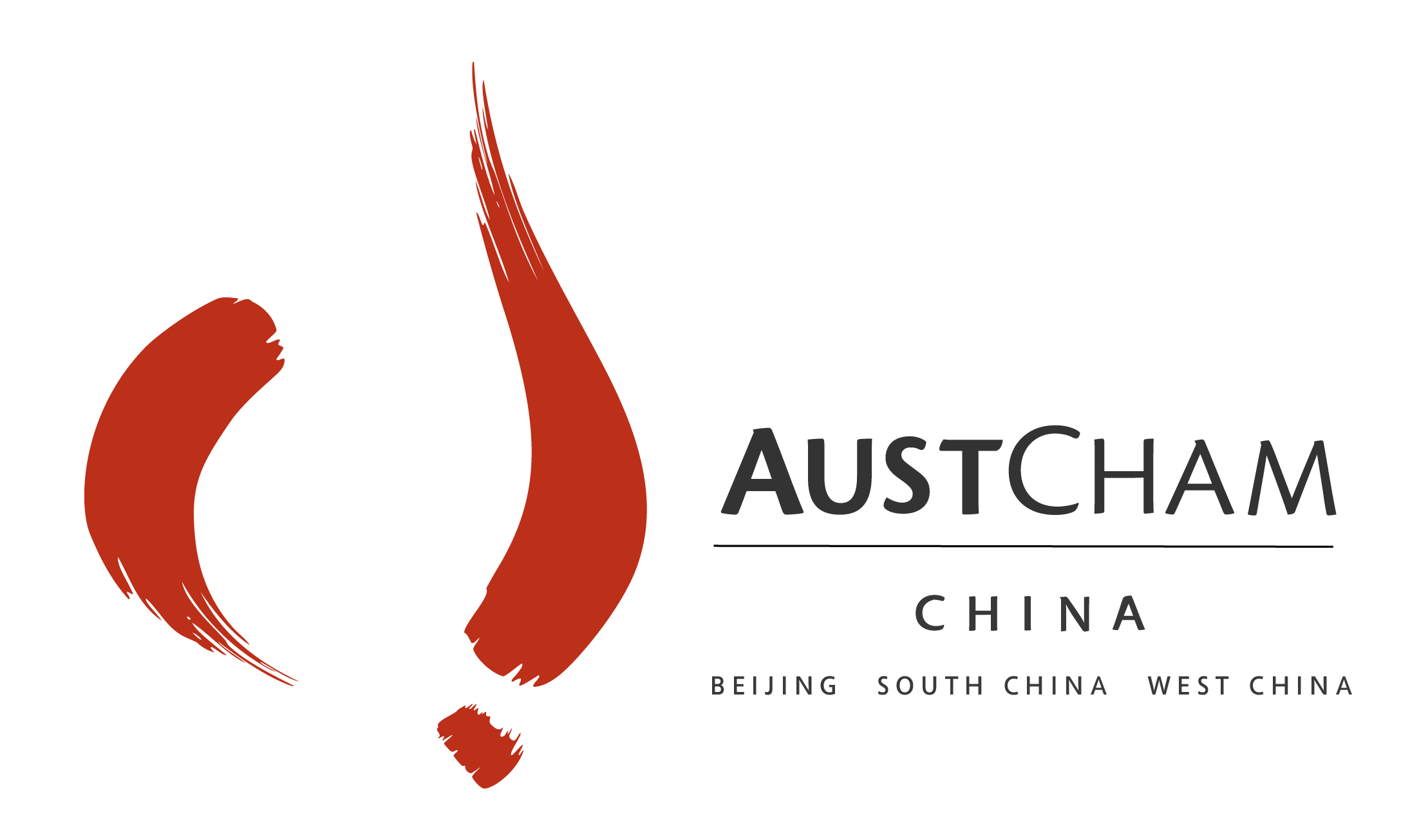On 10 June, Professor James Laurenceson, Director of the Australia-China Relations Institute at the University of Technology Sydney, spoke to 21st Century Business Herald in Beijing, advocating for deeper Australia–China cooperation across emerging industries, trade, education, and innovation. Laurenceson emphasized that for Australia, meaningful engagement with China is not just beneficial, it is essential.
“China is clearly the primary economic engine of the Asia-Pacific. You cannot talk about regional economic integration without China,” Laurenceson said. He welcomed China’s potential entry into the CPTPP, citing its importance to further regional cooperation. “If we want deeper economic ties, why wouldn’t we want China to be part of the region’s major agreements?”
Drawing on findings from AustCham China’s 2025 Doing Business in China report, Laurenceson noted that 86% of surveyed businesses expressed positive views of the bilateral relationship, with 76% seeing direct benefits to their long-term China operations. He described Australia and China as “among the most complementary economies in the world,” citing examples such as energy, minerals, agriculture, tourism, and a surge in demand for Chinese electric vehicles in Australia.
He urged Australian companies to view China not as an optional market, but as a strategic priority. “China is becoming a global hub for future industries from EVs to solar and wind and Australia needs to be part of that growth,” he said. He stressed that presence and integration into the local market will be key to seizing opportunities, especially in sectors like clean energy and critical minerals.
On human exchange, Laurenceson praised China’s unilateral visa waiver for Australians, calling it a “smart move” that promotes people-to-people understanding. “It’s easier than ever to visit China now, and I sincerely hope Australia offers a similar gesture in return.”
Despite lingering challenges, including foreign investment restrictions and geopolitical tensions, Laurenceson is optimistic about the future of Australia-China bilateral ties. “Trade is about mutual benefit. We are already seeing $300 billion AUD in two-way trade. The future of Australia–China relations lies in doubling down on shared interests, grounded in fact-based dialogue, not fear.”
Read the full interview on 21st Century Business Herald [link] to explore Professor Laurenceson’s insights on bilateral economic priorities, trade policy independence, and the road ahead for Australia–China cooperation.

